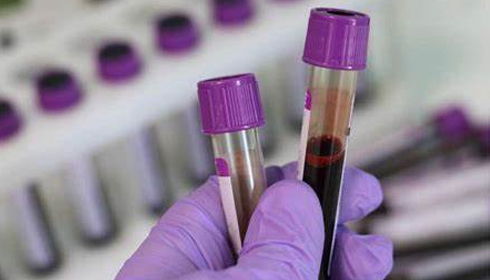
Blood Stem Cell Breakthrough Promises to Transform Bone Marrow Transplants
Researchers in Melbourne have made a world-first success in producing blood stem cells that closely mimic those found in the human body. This discovery may pave the path for personalised therapy for children with leukaemia and bone marrow failure illnesses.
The Murdoch Children's Research Institute (MCRI) spearheaded the work, published recently in Nature Biotechnology. They surmounted substantial obstacles in manufacturing human blood stem cells. These cells can mature into red blood cells, white blood cells, and platelets, just like the human embryo.
Associate Professor Elizabeth Ng of MCRI emphasised the significance of the discovery for human blood stem cell development. She stated that blood stem cell and bone marrow transplants could soon use these lab-grown cells. "The ability to take any cell from a patient, reprogram it into a stem cell, and then turn these into specifically matched blood cells for transplantation will have a massive impact on these vulnerable patients' lives," she added.
Before this study, it was not possible to create human blood stem cells in the lab that could be transplanted into an animal model of bone marrow failure and produce healthy blood cells. The team has created a method to produce transplantable blood stem cells that closely resemble those found in the human embryo. The researchers now can grow these human cells in the quantities and purity required for clinical usage.
The investigation involved injecting immune-deficient mice with lab-engineered human blood stem cells. The study discovered that these cells developed functional bone marrow at levels comparable to those seen in umbilical cord blood cell transplantation, indicating success. Researchers can now freeze the lab-grown stem cells and successfully implant them into mice, a technique similar to preserving donor blood stem cells before transplanting them into people.
Professor Ed Stanley of MCRI indicated that the discoveries could lead to novel treatments for many blood-related problems. "Red blood cells are vital for oxygen transport, white blood cells are our immune defence, and platelets cause clotting to stop us from bleeding," he said. Researchers can develop personalised medicines for a variety of blood illnesses, including leukaemia and bone marrow failure, by refining stem cell techniques that replicate the formation of normal blood stem cells found in human bodies.
Professor Andrew Elefanty of MCRI stated that, while blood stem cell transplants are frequently required to treat childhood blood diseases, not all children find an optimally matched donor. "Mismatched donor immune cells from the transplant can attack the recipient's tissues, leading to severe illness or death," he said. Developing personalized, patient-specific blood stem cells will prevent these consequences, alleviate donor shortages, and, in conjunction with genome editing, aid in the correction of the underlying causes of blood illnesses.
Professor Elefanty stated that the next step of the research, which is estimated to take roughly five years with government financing, will include a phase one clinical trial to assess the safety of employing these lab-grown blood cells in humans.
In this case, the tale of Riya, a 14-year-old girl diagnosed with aplastic anaemia, a rare blood condition in which the body stops generating enough new blood cells, exemplifies the potential effect of this development. Riya is now recuperating after a long and difficult road that included a bone marrow donation from her mother.
Her mother, Sonali Mahajan, expressed hope that the new MCRI-led research would improve the lives of many families facing similar issues. "This research will be a blessing to many families. "The prospect of targeted treatments for children with leukaemia and bone marrow failure disorders is life-changing," she said.